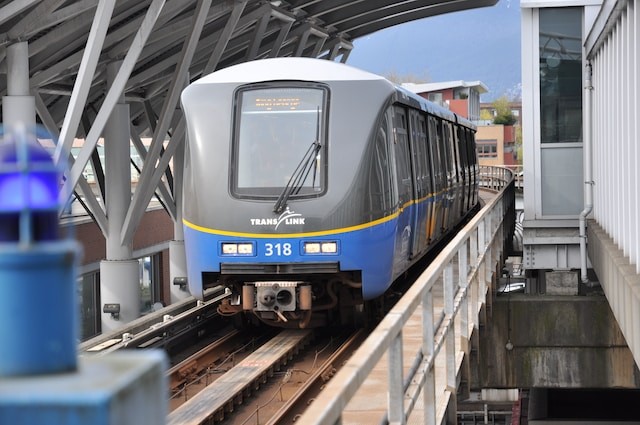
Federal employees must actively make their work travel more sustainable, following new guidance from the Biden administration. The White House said on Thursday that this approach will save taxpayer money and sharply reduce emissions.
As outlined in a new memorandum from the Office of Management and Budget and a General Services Administration bulletin that updates the Federal Travel Regulation, employees on official business must prioritize using public transit, renting electric vehicles, or even riding bikes. Additionally, agencies are encouraged to avoid business trips altogether, with GSA highlighting that "In every case, the trip not taken is the least expensive and most sustainable."
In 2022, U.S. government employees spent 2.8 billion taking more than 2.8 million flights, 2.3 million vehicle rentals, and 33,000 rail trips, accounting for 1.8% of greenhouse gas emissions. Brenda Mallory, White House Council on Environmental Quality, recommends that these initiatives will reduce carbon footprints, save tax money, boost the electric vehicle market, and create better-paying jobs.
Imposing Plug-In Hybrid Electric Vehicles (PHEV)
The recent guidance comes from an executive order signed by President Joe Biden in 2021, directing the government to stop purchasing gas-powered vehicles by 2035 and said all light-duty federal acquisitions by 2027 should be electric or plug-in hybrid vehicles (PHEV). It will add to existing policies, with the Office of Management and Budget directing agencies to update their regulations accordingly. The White House highlights that federal workers will lead by example in tackling climate-related issues.
The White House announced on Friday that the federal government now has over 14,000 zero-emission vehicles and has set up 5,500 charging ports. As per Robin Carnahan from the General Services Administration, 19% of vehicles acquired for government fleets this year are electric, with a significant increase from 1% in 2021. With more than 650,000 vehicles owned by the U.S. government and approximately 50,000 purchased yearly, progress toward sustainability goals is ongoing.
READ ALSO: Tesla Motors Hold The Keys to Dominate The Electric Vehicle Market?
Fed's Green-Commuting Initiatives
In a directive on Thursday, federal employees were instructed to choose electric vehicles (EVs) for official travel when the costs are the same or less than comparable gas-powered vehicles and charging is available. They should use rail when it is cost-effective and feasible instead of flying for trips less than 250 miles. The directive advises federal employees to avoid using private vehicles for official travel.
Government employees are encouraged to choose electric vehicle options like Lyft, Uber, or taxi rides when available and to increase the use of public transit. The Biden administration plans to create a sustainable aviation strategic plan, requiring airlines to provide information on fuel and operational efficiency initiatives, including investments in sustainable aviation fuel. As reported last year, the government has spent 1.66 billion on flights and 4.2 million on rail trips. In 2021, President Biden aimed for 50% of all new vehicles to be electric vehicles (EV) by 2030, which automakers supported.
RELATED ARTICLE: Metro GM Warns of Drastic Measures: 10 Stations, 67 Bus Lines, and 2,286 Layoffs in the Balance Due to Budget Gap
© 2017 Jobs & Hire All rights reserved. Do not reproduce without permission.




